Puerta de la Sagra
The oldest vestiges of Madrid found here, have been incorporated into this new museum.
During construction works of the new Royal Collections Gallery, a set of ancient ruins was found. They include a section of the oldest Muslim wall, including several remains of houses attached and a pillar, part of the original gate of that primitive Madrid.
The wall was built in the late 9th century and made of large limestone ashlars, similar in technique to the nearby Tower of Bones and the Arab Wall. However, the remains found here are even older. Among these vestiges, it has been interpreted that a door of three meters (almost 10 feet) would correspond to that first gate of Madrid, the Puerta de la Sagra, (Xagra, in Arabic) very similar to the Puerta de Alcántara in Toledo.
All of these elements are linked to the origins of the foundation of Madrid by the Umayyad emir Muhammad I, in which the existence of a fortress in this place was justified because of its location. It bordered the Christian kingdoms of the north and sat on a high plateau protected by cliffs.
After being hidden for centuries, the ruins have been incorporated into the permanent collection of the new museum and can be seen through a large glass. A video is projected in an adjoining room where the archaeological site is always in sight. The different parts of the old wall are illuminated. The exhibit shows the evolution of that ancient walled enclosure, first Muslim and then Christian, as well as the construction of the old Alcazar from the Habsburg dynasty to the current Royal Palace built on the Versailles style by the Bourbons in the 18th century.
Know Before You Go
The new Royal Collections Gallery has incorporated the archaeological remains which are displayed in the floor -1 close to the Habsburg dynasty collection.
By tube: Opera Station. Lines 2 and R
By bus: Line 148
Plan Your Trip
The Atlas Obscura Podcast is Back!


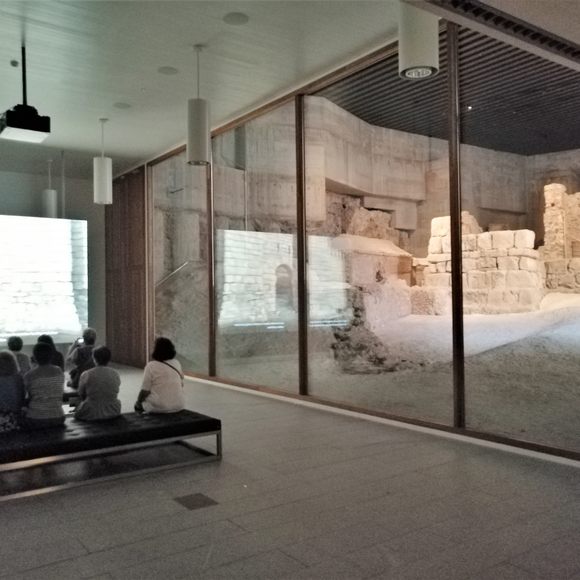












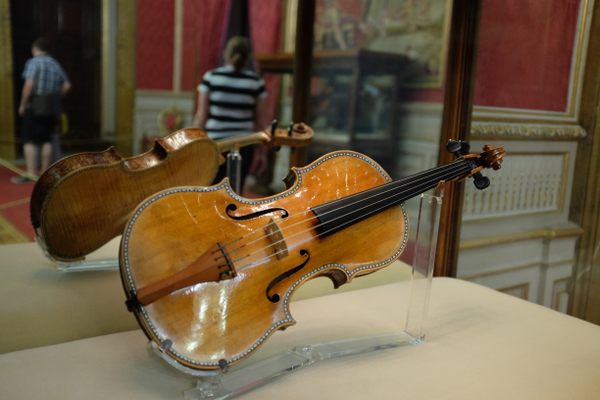
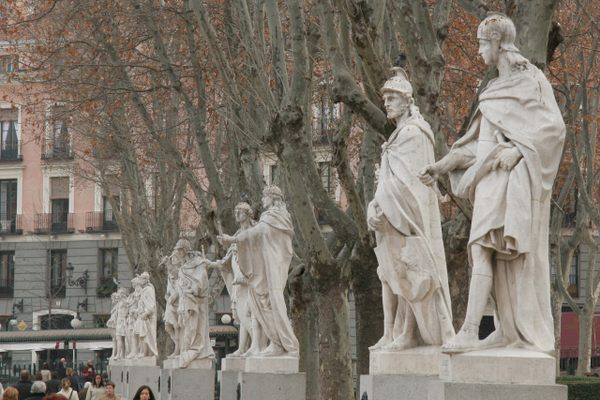
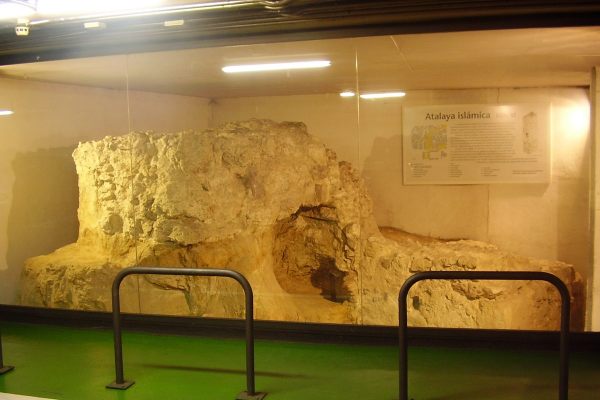



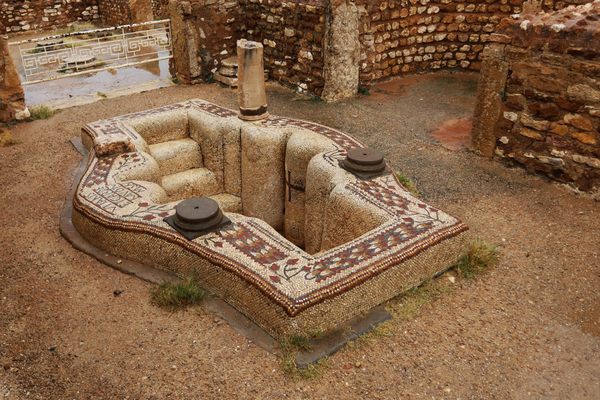

Follow us on Twitter to get the latest on the world's hidden wonders.
Like us on Facebook to get the latest on the world's hidden wonders.
Follow us on Twitter Like us on Facebook